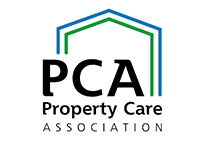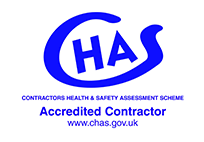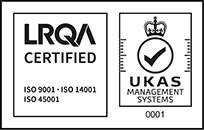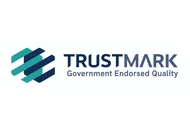Call us free on 0808 168 9540
Call us free on 0808 168 9540

Phlorum provides great crested newt (GCN) and amphibian surveys across southern England, including Sussex, London, Surrey, Kent, Dorset, Hampshire, Wiltshire and Devon.
Great crested newts, natterjack toads, and pool frogs are the only British amphibians that are European Protected Species (EPS). They are protected under the The Conservation of Habitats and Species Regulations 2017 and the Wildlife and Countryside Act 1981.
Natterjack toads and pool frogs are rare and are unlikely to be found on development sites. However, the potential presence of great crested newts impacts many development sites.
There are three native newt species in the UK that developers should be aware of:
The adult great crested newt is significantly bigger than the other two, has an orange strip on its toes, and can have a spotty orange belly. The male also has a crest over its body and a crest on its tail.
Great crested newts can be surveyed from April to June (depending on the technique used), although the peak period is from mid-April to mid-May. They are nocturnal and tend to emerge from hibernation when temperatures rise above 5 Celsius.
The great crested newt survey season relates to their breeding period when they return to their breeding ponds. They live most of their lives in terrestrial habitats, such as rough grassland, hedgerows, and woodlands.
Great crested newt surveys include:
At Phlorum, we can advise on great crested newt surveys and liaise with planning authorities. We have experienced protected species surveyors licensed to undertake presence/absence and population assessment surveys. In addition, we can compile European Protected Species Mitigation (EPSM) licence applications and District Level License (DLL) applications.
A licence or a DLL is required to disturb or handle great crested newts. A European Protected Species Mitigation (EPSM) license or a DLL will also be required if GCN are present on a site.
Most great crested newt surveys are valid between 18 to 24 months following the survey.
Natural England have three zones for great crested newts:
Naturespace define the areas as follows:
In parts of the UK, district-level licensing is an alternative to the traditional surveying and licensing route. This approach aims to offset the development’s impacts at a regional level through a payment system.
The developer pays an agreed sum for local conservation measures for great crested newts. Then, in most cases, the developer does not have to carry out site mitigation (e.g., fencing, trapping, and monitoring).
The DLL schemes are operated by either Natural England, the local authority, or a third party, such as NatureSpace, on behalf of the local authority. As the DLL is rolled out across England, local authorities are signing up for one of these schemes. As a result, the providers available for your site may vary between areas.
Generally, the scheme involves an initial enquiry/administration cost, where the scheme is assessed, and an agreement is drafted that can be submitted with the planning application.
Then, after planning permission has been granted, a later conservation payment is needed. For some high-impact sites, there can be a two-stage conservation payment. Then, the actual licence is issued, allowing the developer to proceed on-site.
This approach is much quicker, and a license can be obtained all year round without requiring surveys. If a DLL is issued for the site, the developer has approval from Natural England (regardless of which provider is used). No on-site mitigation, trapping, or translocation is usually required.
The cost of the DLL varies between providers. For Natural England, the cost is generally based on the number of ponds on site and within a buffer area around the site. This approach assumes all ponds are suitable for great crested newts, and the payment is proportional to the number of ponds.
As a result, sometimes it can help to have an eDNA analysis done on some of the ponds, which can show whether the ponds contain the eDNA of great crested newts. This can reduce the payment required.
NatureSpace uses a traffic light colour system to represent a site’s spatial risk zone for great crested newts. The costs are related to the calculated risk of great crested newts being present in the green and amber zones based on existing data/records. Depending on the level of impact, some mitigation requirements may be required in the red zone.
This may not be the best option for all sites and may be more costly than the traditional approach. Generally, the District Level License scheme is more cost-effective on low-impact schemes, with payments rising considerably when ponds are located on or close to the site.
Some sites are of such ecological significance that a licence would not be possible via either route. This is why developers should engage Phlorum at the outset of any potential project to assess its feasibility.
Our team has vast experience surveying great crested newts and other amphibians and can design a suitable mitigation strategy to assist developers in overcoming issues related to planning applications. Contact us now for your free consultation.










